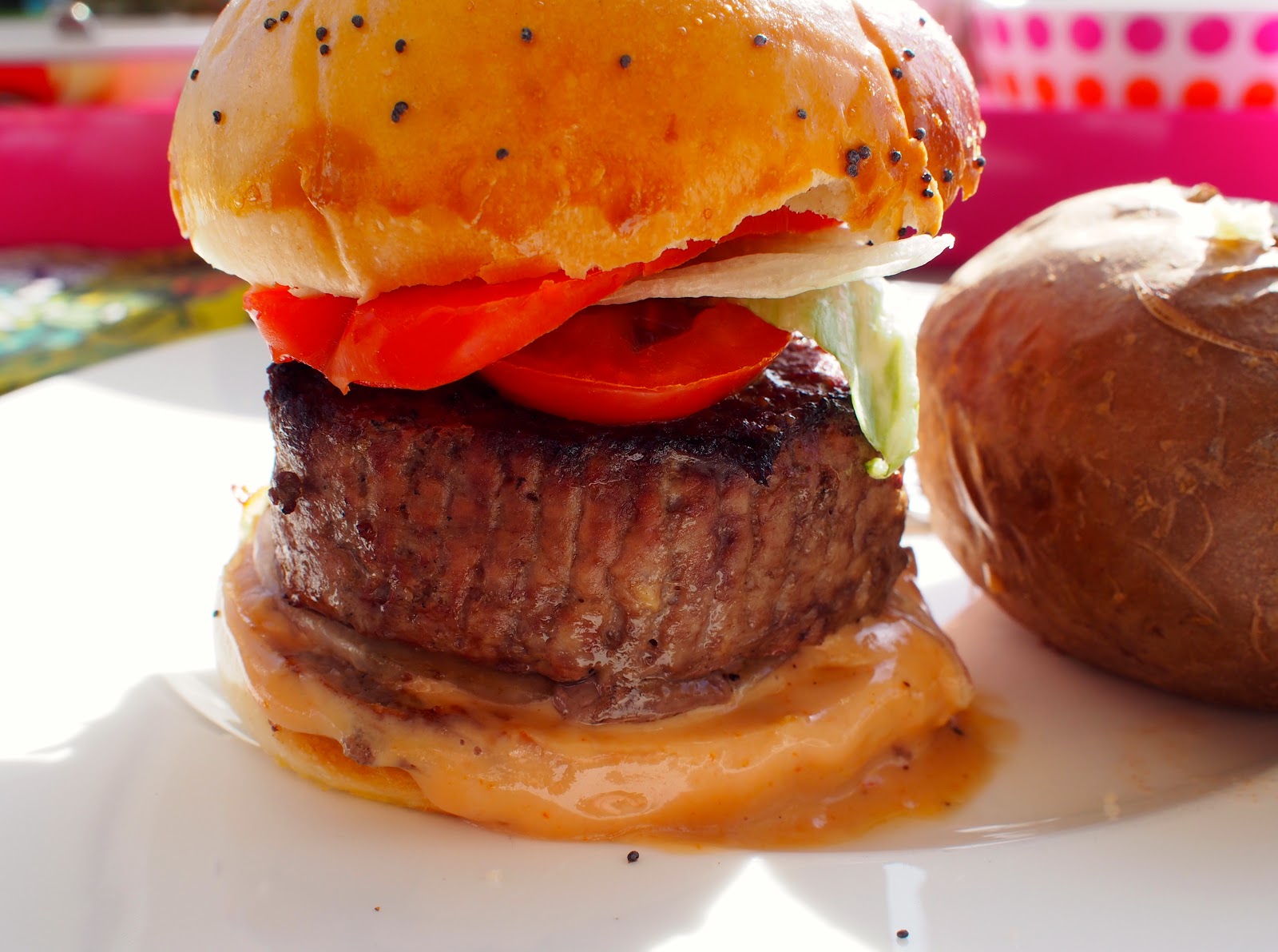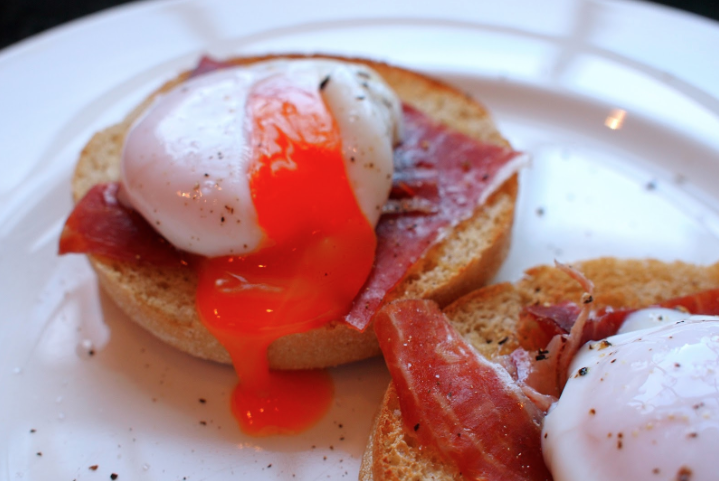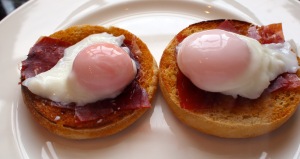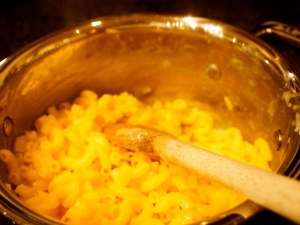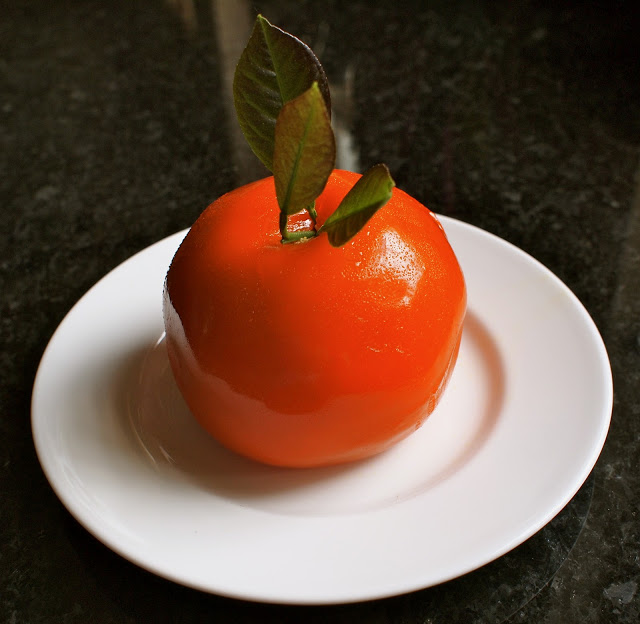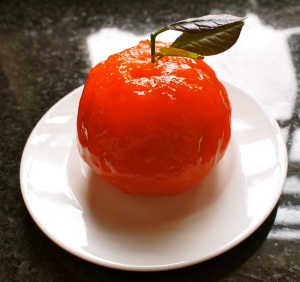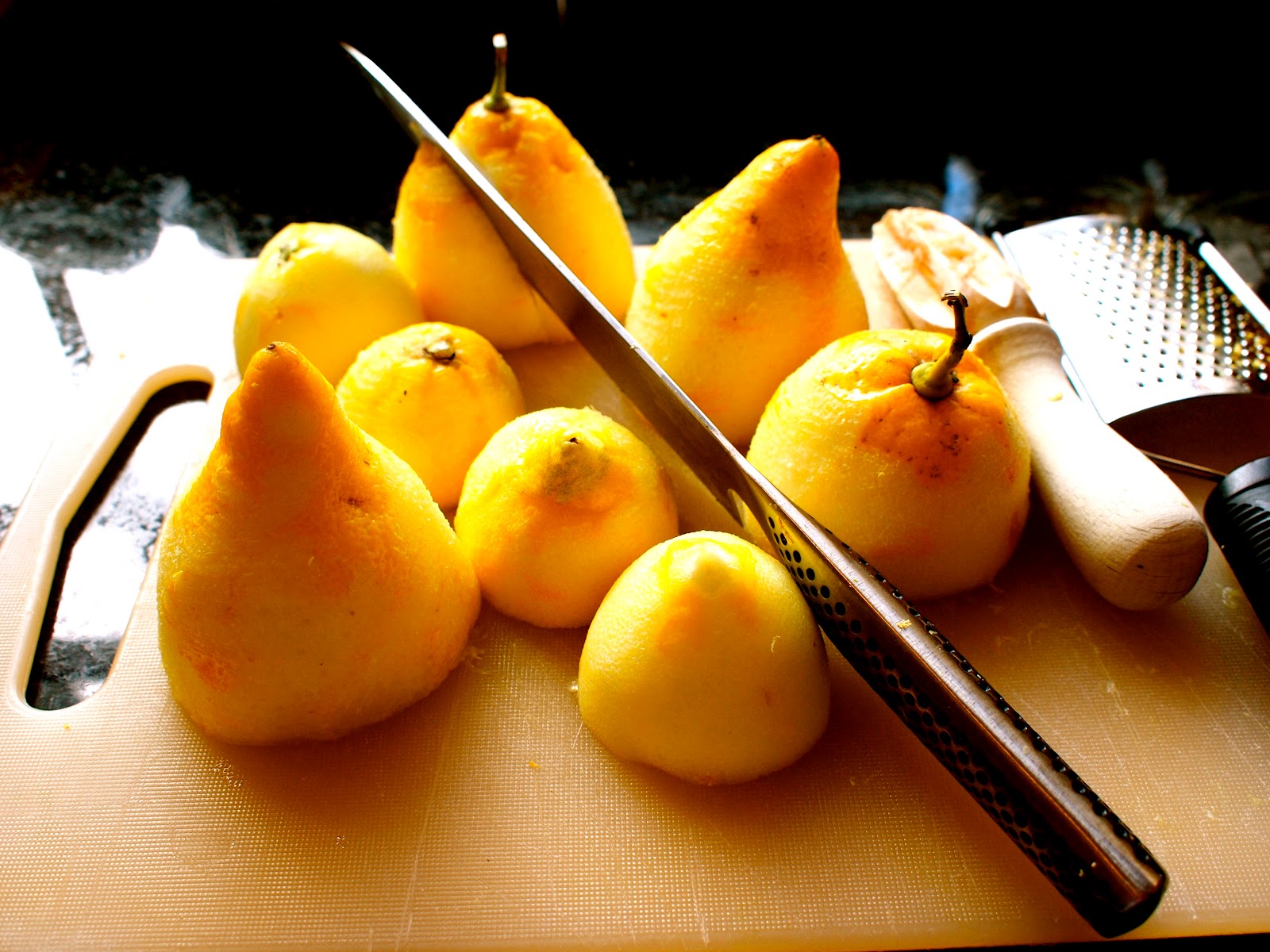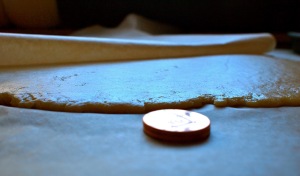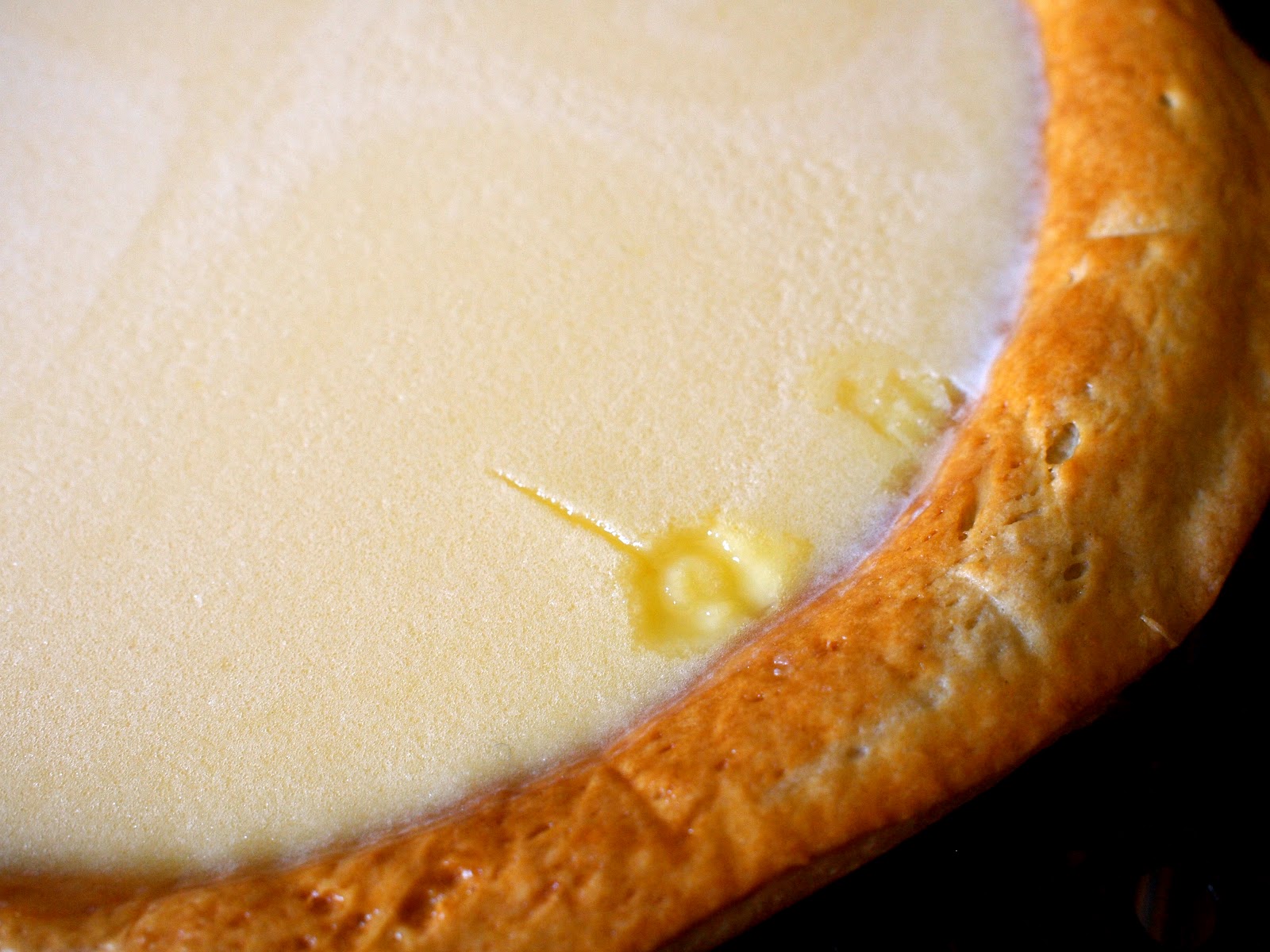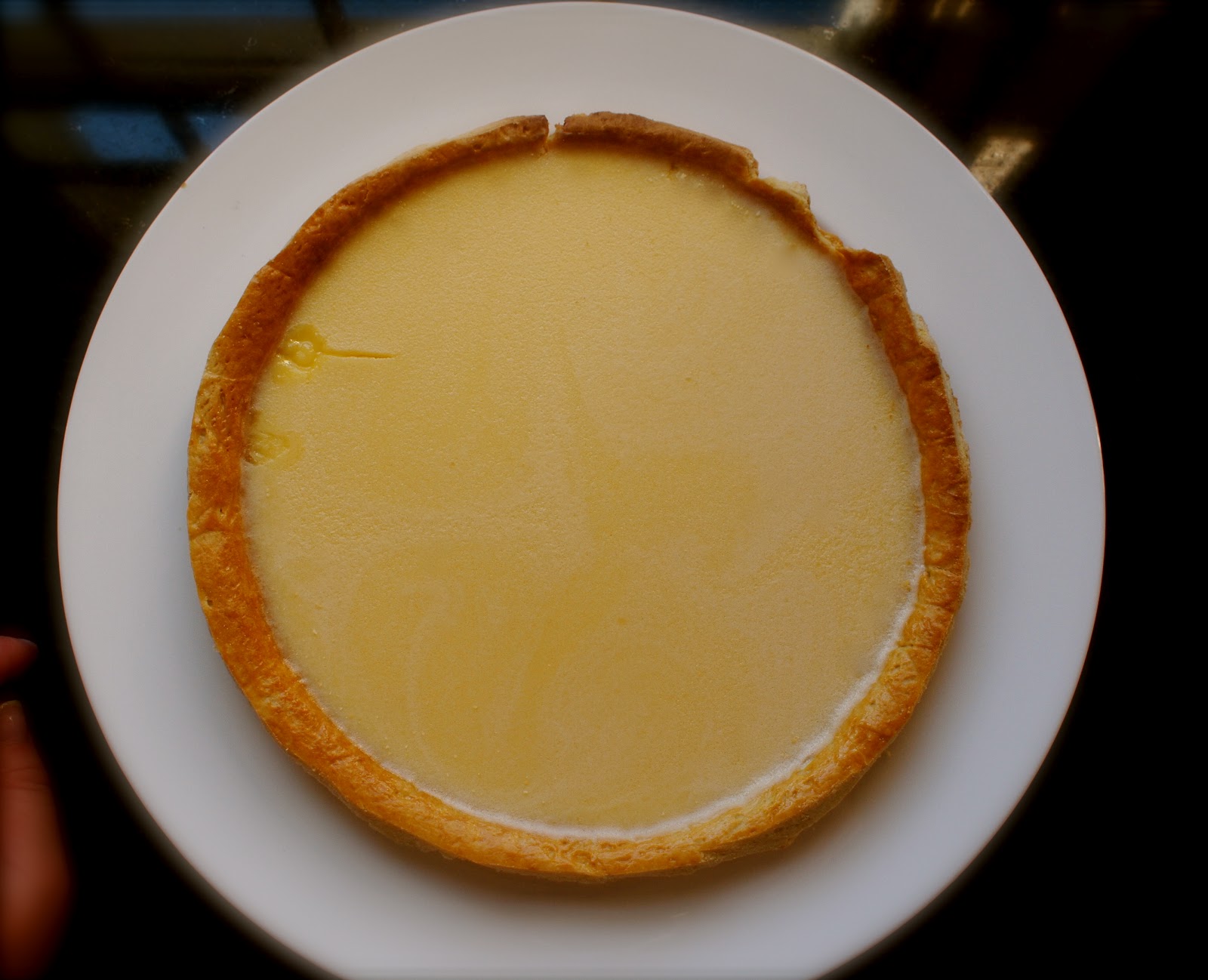Yay, it’s finally BBQ season… It may look like I only cook chocolate delice and frangipane tarts, but hey, my kids like a burger as much as the next person. Of course that wouldn’t be a generic supermarket burger, and so finally the opportunity to try Heston’s perfect burger recipe. I’d seen this recipe on his How to Cook Like Heston show, but we didn’t fire our BBQ at all last year, and so the itch grew and grew.
Why this recipe in particular? Well, to cut to the chase, Heston lines the minced meat in such a way that when you bite into the burger, the burger breaks down in your mouth… Confused? Trust me – this is one technique that’s worth having in your BBQ arsenal. I’ve subsequently added additional flavourings to the burger, but the basic principle remains the same. You can watch the technique here.
To go with the perfect burger, the best burger bun recipe I’ve found to date. This enriched dough recipe comes courtesy of The Fabulous Baker Brothers, and really is an incredibly simple dough to make. On the second occasion I used the same recipe to make hot dog bus too, just leave off the egg glaze and shape them into longer batons. I quick dusting with flour will ensure that you end up with a soft bun.
The one thing I have learnt after a weekend barbecuing, don’t spend hours making all those sides. I soon realised that all people were interested in were the burgers, hot dogs and ribs… Soul destroying – my amazing coleslaw with grated apple and a touch of orange zest will end up as tomorrow’s lunch. Even jacket potatoes were jettisoned by most people as they headed straight for the protein. And let’s face it – this protein overload won’t matter in the long run – because this weather won’t last… So – get your BBQ on and get baking…
For the buns:
500g strong white flour
1 tbsp caster sugar
25g lard [I substituted butter]
10g salt
200ml tepid milk
5g dried yeast
100ml tepid water
1 egg, beaten
Sesame seeds, to sprinkle over
Method
- Weigh the flour, sugar, lard and salt into a large bowl and add the milk. Mix the yeast with the tepid water and mix thoroughly into a dough. Turn it out onto a lightly floured surface and knead for 10 minutes until your dough is soft and elastic. Leave to rise for 1 hour in a covered bowl left in a warm place.
- Divide the dough into 10 pieces and on a lightly floured surface roll into balls with your hands. Then using a rolling pin flatten into 10cm baps on a floured surface. Place on baking trays lined with baking paper and brush beaten egg over each bap. Cover loosely with cling film and leave them in a warm place for 30 minutes
- Brush with a second coat of beaten egg and sprinkle a pinch of sesame seeds onto each bap. Cover loosely with cling film and leave for a final 30 minutes to rise.
- Meanwhile preheat your oven to 200°C/fan 180°C/gas mark 6. Bake the baps until they are perfectly golden, about 10-15 minutes
For the burgers
1.8kg sirloin, cut into 3x3cm cubes
13g salt
For the sauce
15g French’s mustard
To serve
10 slices gruyère cheese
2 baby gem lettuces, broken into leaves
2 vine-ripened tomatoes, sliced
½ sweet onion, peeled and finely sliced
2 dill pickles, sliced lengthways
Method
- Place 600g of the cubed sirloin in a bowl and sprinkle with the salt. Mix together, cover with clingfilm then place in the fridge for 4 hours. The salt will penetrate the meat during this time and begin to draw out some of the moisture.
- Using a meat grinder fitted with a 3mm plate, grind the unsalted sirloin then refrigerate this meat until very cold. Combine the cold ground meat with the cold, salted sirloin cubes and mix well.
- Before you begin the final grinding, place two layers of clingfilm across a chopping board or baking sheet and position it under the mouth of the grinder. Using a coarser, 8mm grinding plate, pass the meat mixture through the grinder. This will retain some larger pieces of the sirloin.
- As the meat comes out of the grinder, have a second person use their hands to lay out the strands of meat on the clingfilm. Try to keep the grain of the individual strands running lengthwise in the same direction without getting tangled together. To do this, start laying the meat down at the edge of the sheet furthest from the grinder and work towards the closest edge.
- Wrap the meat up tightly in the clingfilm, twisting the ends tightly to form a log. Prick a few holes in the clingfilm with a pin to release any air pockets trapped inside, then continue to twist the ends to tighten until the log is about 12cm in diameter.
- Wrap the log in another layer of clingfilm to keep it from coming apart, and refrigerate for at least 2 hours, or until needed.
- When ready to cook, place the still-wrapped log on a cutting board and use a very sharp knife to cut slices that are approximately 2cm in thickness. (The clingfilm helps to keep the meat from falling apart.) Place the finished burgers on a baking tray and refrigerate until needed. If you have more burgers than you need, they can be individually wrapped in clingfilm at this point and frozen until needed.
- To cook the burgers, rub each one with a little oil and place them on the barbecue or a really hot frying pan, and flip them every 15–20 seconds. Cook to your liking or for medium rare, take the burger to 45ºC in the centre. Immediately after the last flip, place a slice of cheese on top of each burger and allow to melt for the final 15 seconds.
- To make the sauce, combine the ketchup, mayonnaise and mustard in a bowl and mix thoroughly.
- To serve, place the bottom half of a bun on a plate and put a burger with melted cheese on top. Place a couple of slices of tomato and onions followed by a couple of leaves of lettuce and a couple of slices of pickles. Finish with a spoon full of sauce. Place the top half of the bun on top and serve.
- The structure of the burger really does work as you bite into it, but you still have the distinct texture of mince. Not sure how to get around that… I think the method works well because it allows you to get a really good crispy crust on the outside, but it looks a little… unusual… I think worth a go to see for yourself.
- The bun will now be my default bun. I have made these on just one prove – they’ll be okay at a push, but they’re much nicer if given the full treatment.
- I did make the sauce Heston uses too – delicious, though mine was a little sloppy, as you’ll see from the photographs… Yummy though…
 |
| The buns, before the second prove |
 |
| Light, fluffy and soft – great burger buns |
 |
| You can see the structure of the burger |
